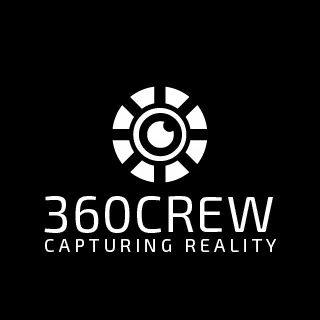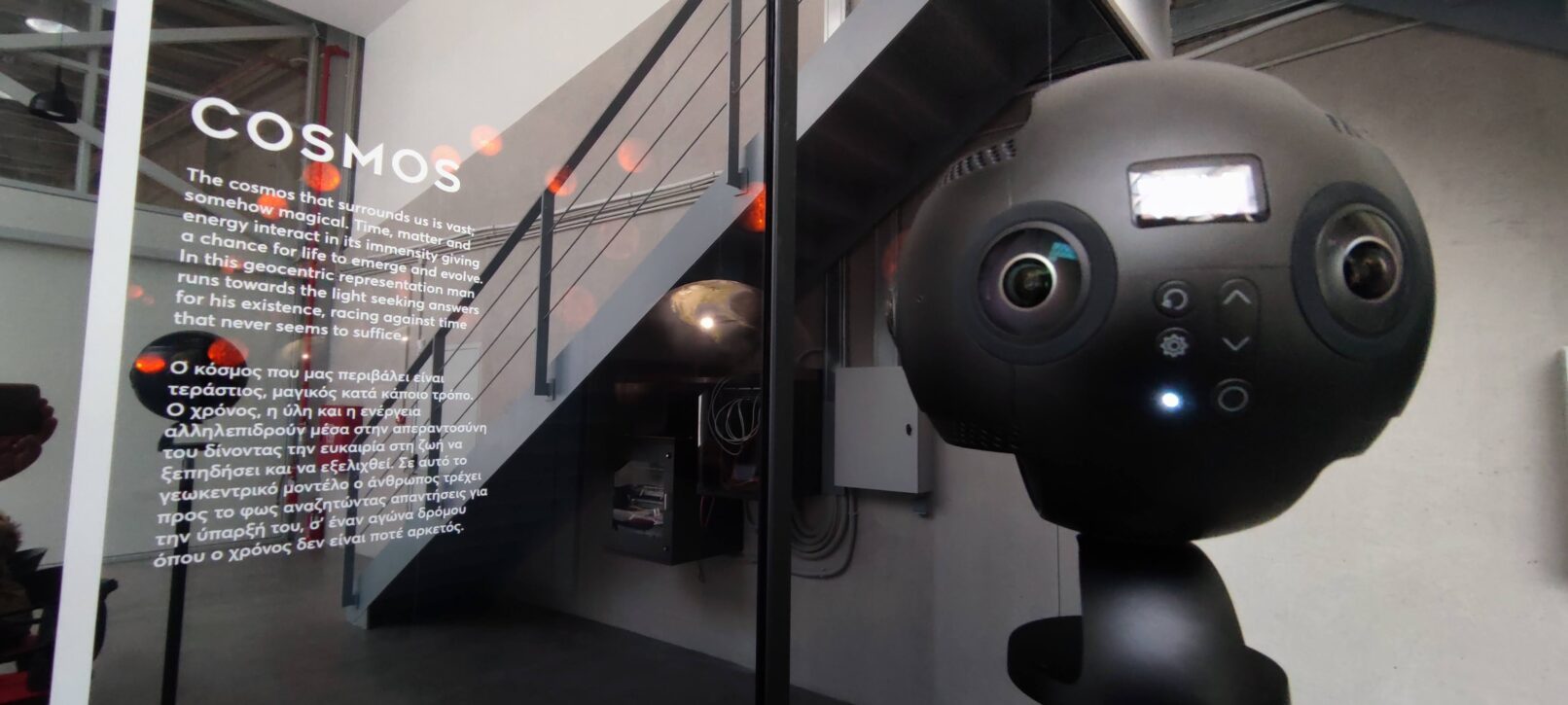VR Art Installation
A 360VR art installation is an immersive experience that combines virtual reality (VR) technology with artistic expression. It typically involves the use of a virtual reality headset to transport viewers into a three-dimensional, computer-generated environment. The term “360VR” implies that the experience is not limited to a specific field of view; instead, viewers can look in any direction to explore the entire virtual space.
Here’s how a 360VR art installation generally works:
1. Virtual Environment Creation:
– Artists or creators design a virtual environment using 3D modeling or other digital art techniques.
– This environment could be a representation of a real-world location, an abstract concept, or a fantastical realm limited only by the creator’s imagination.
2. 360-Degree Immersion:
– The virtual environment is designed to be experienced in a 360-degree format. This means that viewers can look up, down, and around in any direction, creating a sense of immersion.
3. VR Headsets:
– Viewers wear VR headsets to enter the virtual environment. These headsets typically have motion sensors and display screens to track head movements and provide a stereoscopic view.
4. Interactive Elements
– Some installations incorporate interactive elements, allowing viewers to influence or change aspects of the virtual environment through gestures, movements, or controllers. This adds a layer of engagement and participation.
5. Spatial Audio:
– Spatial audio is often integrated to enhance the immersive experience. This means that the sound changes based on the viewer’s orientation, adding another layer of realism.
6. Physical Space Integration:
– In some cases, physical space is integrated into the experience. For example, the physical layout of the installation space might mimic the virtual environment, creating a seamless transition between the real and virtual worlds.
7. Artistic Expression:
– The content and design of the virtual environment are driven by artistic intent. Artists may use this medium to convey emotions, tell stories, or explore abstract concepts in ways that traditional art forms cannot.
8. Exhibition Setting:
– 360VR art installations are often showcased in dedicated exhibition spaces or galleries equipped with VR hardware. The physical setting is curated to enhance the overall experience, with considerations for lighting, space design, and audience flow.
These installations provide a unique and immersive way for artists to connect with their audience, offering an experience that goes beyond traditional forms of art. Viewers are not just passive observers but active participants in the creation and exploration of the artwork.







